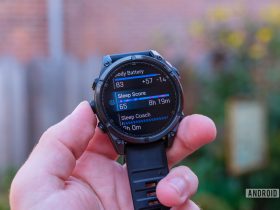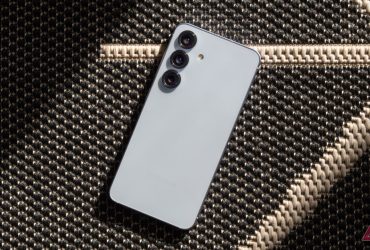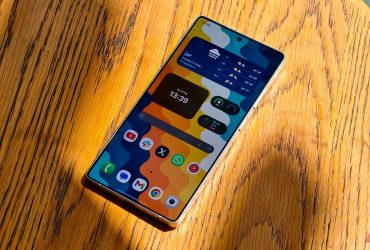
Sign in to your Android Police account

Summary
- Google Pixel 10 could feature a display with a higher PWM dimming rate.
- A Google spokesperson teased changes regarding PWM dimming rate on Pixels later this year.
- Displays with low PWM rates can lead to headaches and eye strain.
Like the best Android smartphones, Google’s Pixel lineup also uses high-quality OLED panels with excellent brightness. But compared to displays on Chinese Android phones, the screens on the Pixel 8 and Pixel 9 series fall short in one area: PWM dimming. Displays with low PWM rates can trigger headaches and eye strain in some users. However, since most people aren’t affected, companies like Google and Samsung continue to use screens with low PWM dimming. But it seems Google will finally change its stance with the Pixel 10 later this year.

Related
The Google Pixel 9a, like the rest of the Pixel 9 family, uses an OLED panel with a relatively low PWM dimming rate. When Nicholas Sutrich from Android Central asked Google if it planned to address the PWM flickering issue in future Pixel devices, a company representative hinted that improvements would be coming later this year.
“Google…indicated their teams are aware and investigating this. You can expect updates later this year,” the representative said. While he did not explicitly mention the Pixel 10, it appears that Google is set to finally use display panels with a higher PWM dimming rate on its flagship phones this year. Or, as the report points out, like Motorola, Google could add a “flicker-reduction” accessibility feature to its phones.
Nonetheless, the statement itself reflects a change in the company’s stance, as Sutrich previously asked Google the same question numerous times without ever receiving a response.
Google and Samsung need to learn from their Chinese competitors
Chinese Android phones use displays with a PWM dimming rate of 1920Hz or higher. There are even phones with a dimming rate of over 3000Hz! In comparison, the Google Pixel 9 lineup’s display features a PWM dimming rate of 240Hz.
Samsung is no better, with the Galaxy S25 Ultra’s screen featuring a 492Hz PWM rate. A lower PWM dimming rate causes unwanted eye strain and headaches for some users.
PWM (Pulse Width Modulation) allows OLED panels to control display brightness by rapidly turning pixels on and off. This results in screen flickering, and the lower the frequency, the greater the discomfort. Ideally, a PWM dimming rate of 1000Hz or higher helps avoid such issues.
Despite using the latest-gen OLED panels on its flagship devices, both Samsung and Google have stuck to an absurdly low PWM dimming rate.
What’s your reaction?
Love0
Sad0
Happy0
Sleepy0
Angry0
Dead0
Wink0











Leave a Reply
View Comments